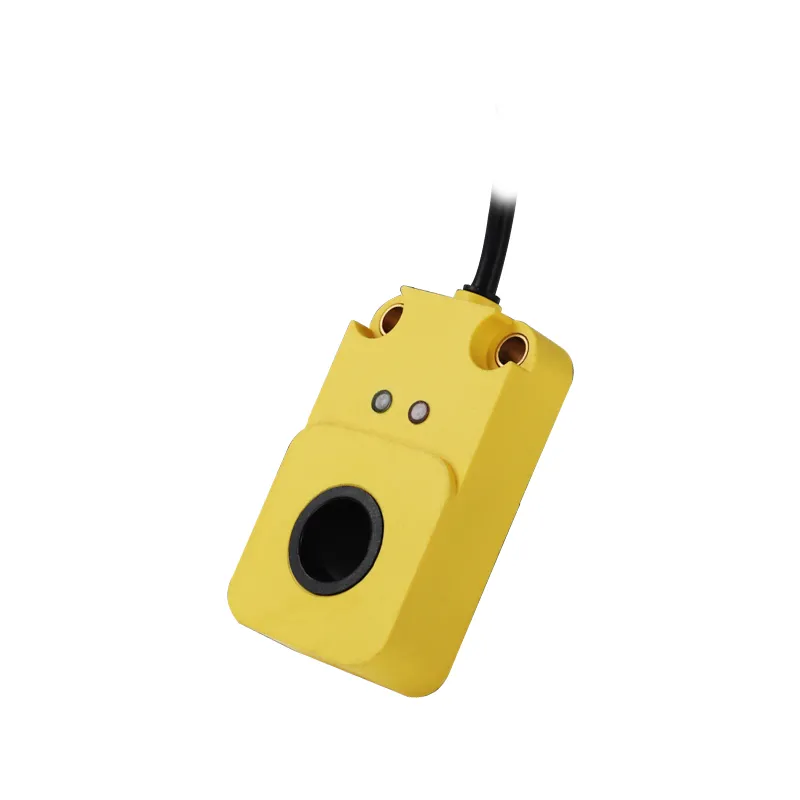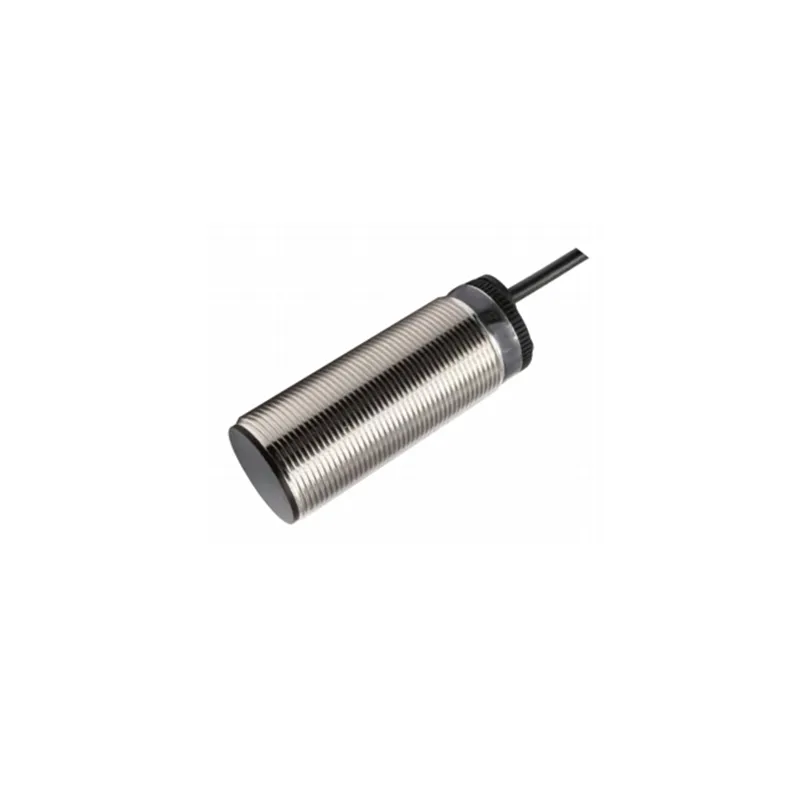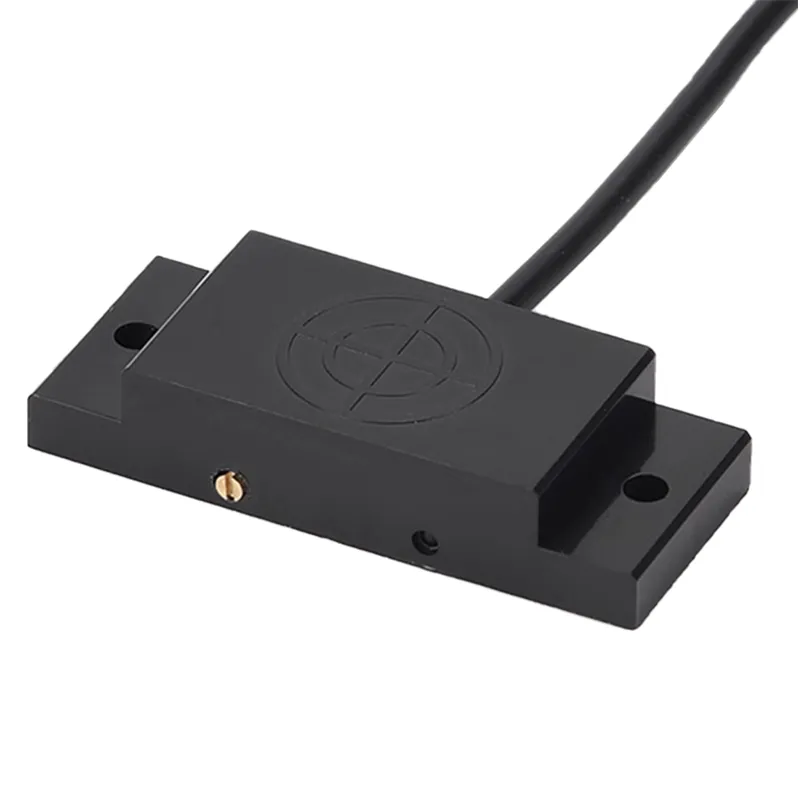Reed proximity sensors offer numerous compelling advantages that make them an excellent choice for various sensing applications. Their non-contact operation eliminates mechanical wear, significantly extending the sensor's lifespan and reducing maintenance requirements. The hermetically sealed construction provides exceptional protection against environmental factors, ensuring reliable operation in challenging conditions including dusty, humid, or corrosive environments. These sensors demonstrate remarkable energy efficiency as they require no power to maintain their switched state, making them ideal for battery-powered applications. The simple yet effective design results in fast response times and high reliability, with millions of operations possible under normal conditions. Reed proximity sensors exhibit excellent immunity to electrical noise and interference, making them suitable for use in environments with strong electromagnetic fields. Their versatility in mounting options and the availability of various sensitivity ranges allow for flexible installation and precise adjustment to specific application requirements. The sensors' ability to operate across a wide temperature range, typically from -40°C to +120°C, ensures consistent performance in diverse environmental conditions. Their compact size and lightweight construction facilitate easy integration into existing systems without significant modifications. The absence of complex electronic components contributes to their cost-effectiveness and reduces the likelihood of failures. Additionally, these sensors offer clear status indication through LED displays, simplifying troubleshooting and maintenance procedures.


